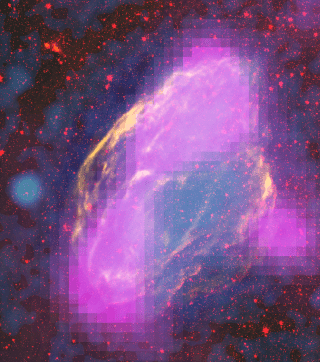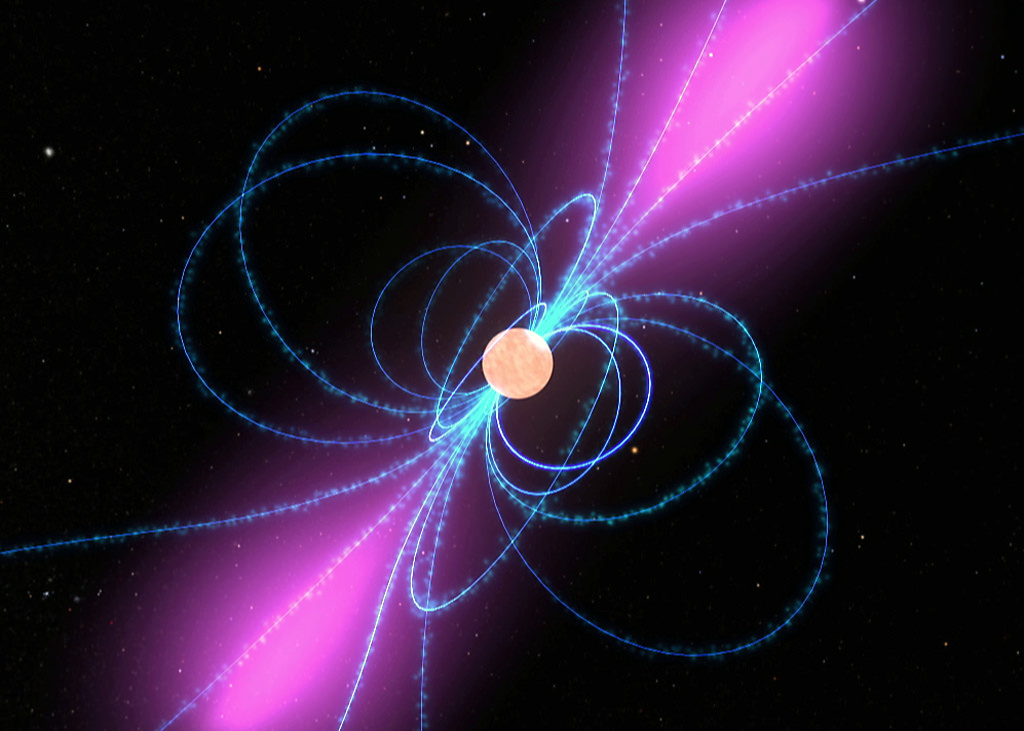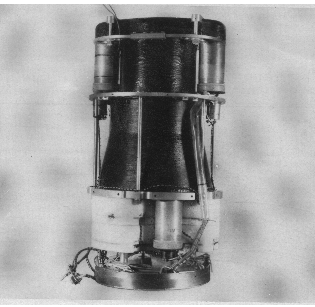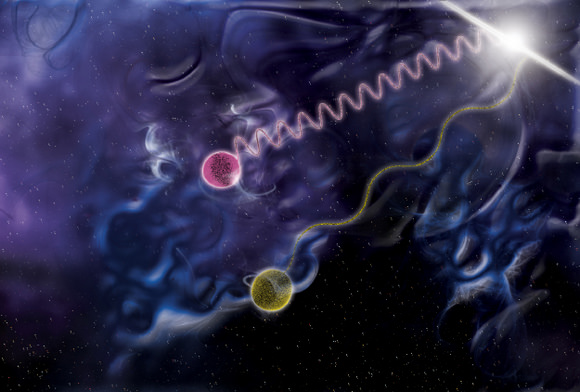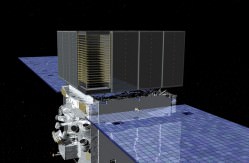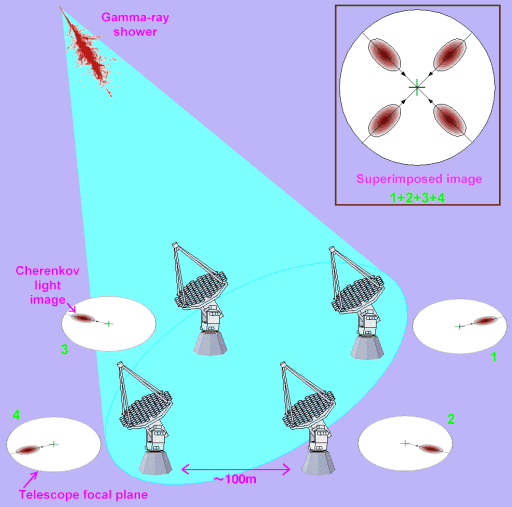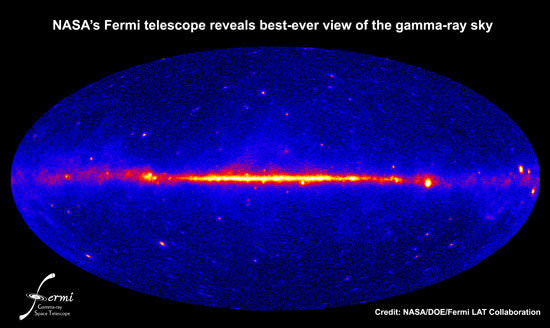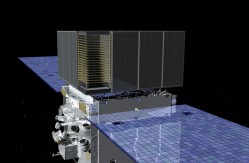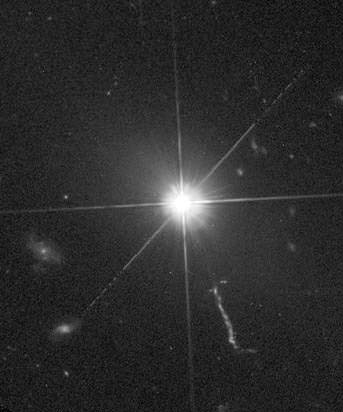[/caption]
The Crab Nebula is one of the most popular targets for astronomers of all stripes. It is readily viewable in moderate sized amateur telescopes and wows new viewers at star parties when they’re informed they’re looking at the remnant of a supernova that exploded in 1054 AD. The nebula is also a popular target for professional astronomers looking to study physics in the environment of a pulsar. Powered by synchrotron radiation from the pulsar, the nebula glows brightly across numerous wavelengths in a steady manner that is so consistent, that astronomers have used it to calibrate instruments in different portions of the spectrum. The largest regular variation discovered was a mere 3.5% in the X-ray portion of the spectrum.
But on September 22 of 2010, the Italian Space Agency’s AGILE satellite observed a sudden brightening in the nebula in the gamma ray portion of the spectrum. The Large Area Telescope (LAT) on board the Fermi Gamma-Ray Space Telescope, which observes the Crab regularly, confirmed this flaring. Strangely, telescopes observing the nebula in other spectral regimes showed no brightening at all. The lone exception was a small knot roughly one arcsecond in diameter seen by the Chandra X-ray telescope which is believed to correspond to the base of a jet emanating from the pulsar.
Many telescopes observed the central pulsar in X-rays as well as radio to attempt to discover if there had been a sudden change in the power source itself that caused the sudden brightening, but no changes were apparent. This suggests that the flare didn’t come directly from the pulsar, but rather from the nebula itself, perhaps as an interaction between the jet and the magnetic field of the nebula causing intense synchrotron radiation. If this is the cause, then the energy of the accelerated electrons is among the highest of any astronomical event. Such a case is of interest to astronomers and physicists because it provides a rare test bed into relativistic physics and particle acceleration theory.
While this event was certainly noteworthy, it was not entirely unique. AGILE detected a previous flare on October 7, 2007 and Fermi’s LAT had discovered another in February 2009. Currently, none of these events have been entirely explained but will likely give astronomers a target for future studies. Based on the amount of coverage the Crab Nebula receives from telescopes, astronomers are no expecting that such flares are a relatively common occurrence, happening about once a year. If so, this will provide an excellent opportunity to study such events with more scrutiny.

![A composite illustration of the AGILE satellite and the Crab Nebula imaged by the Chandra observatory. [Image courtesy of ASI, INAF and NASA]](https://www.universetoday.com/wp-content/uploads/2011/01/tavani1HR.jpg)
